Sakuna: Of Rice and Ruin — Everything you need to know

Move over, Harvest Moon: there's a new farming simulator title on the block on the Nintendo Switch. Sakuna: Of Rice and Ruin is a new and different take on the genre, mixing action-adventure platforming combat with a very focused look at growing one specific crop: rice.
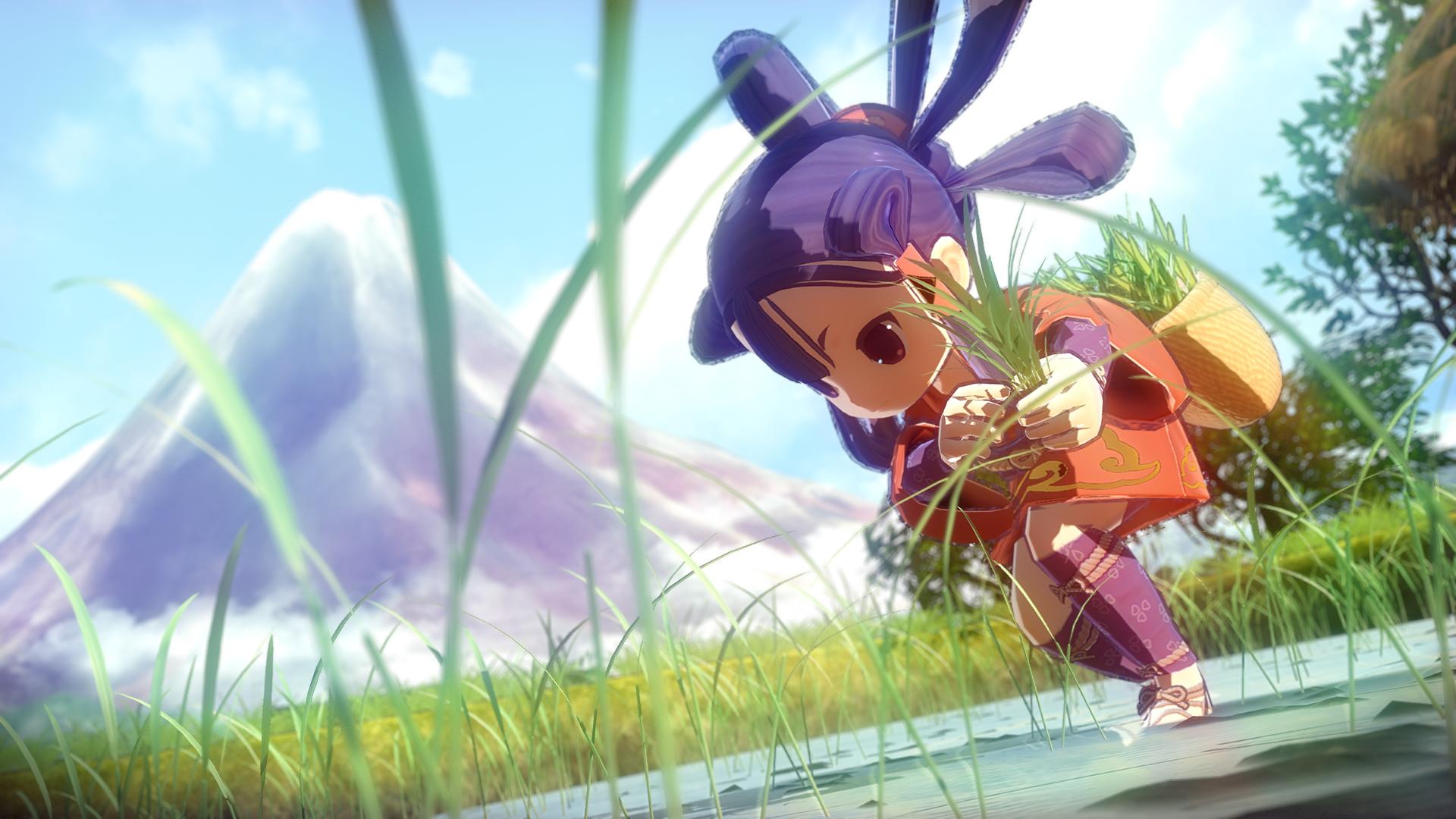
Grow your rice farm and conquer the Isle of Demons!
Sakuna: Of Rice and Ruin puts the player in the divine shoes of the goddess Sakuna as she masters the art of rice cultivation all while fighting off an army of demons, all to end her exile. Along the way, she takes care of a small family and learns that working together with others may not be such a bad idea after all.
If you love farming sims but are hungry for a unique take on the genre, Sakuna is probably for you. But if you're still on the fence or have the game but aren't sure how to begin, here's a quick rundown of everything you might want to know about Sakuna:
What is Sakuna: Of Rice and Ruin?

Sakuna: Of Rice and Ruin is a new farming sim/action combat game by indie Japanese developer Edelweiss and published by XSEED. It tells the story of Sakuna, a young goddess who is punished for her selfish and destructive behavior by being sent to live with a human family on an island infested by demons. While there, she must conquer the island for the head goddess who sent her there, all while growing rice to feed herself and the family she is charged with caring for.
How is it different from games like Harvest Moon?
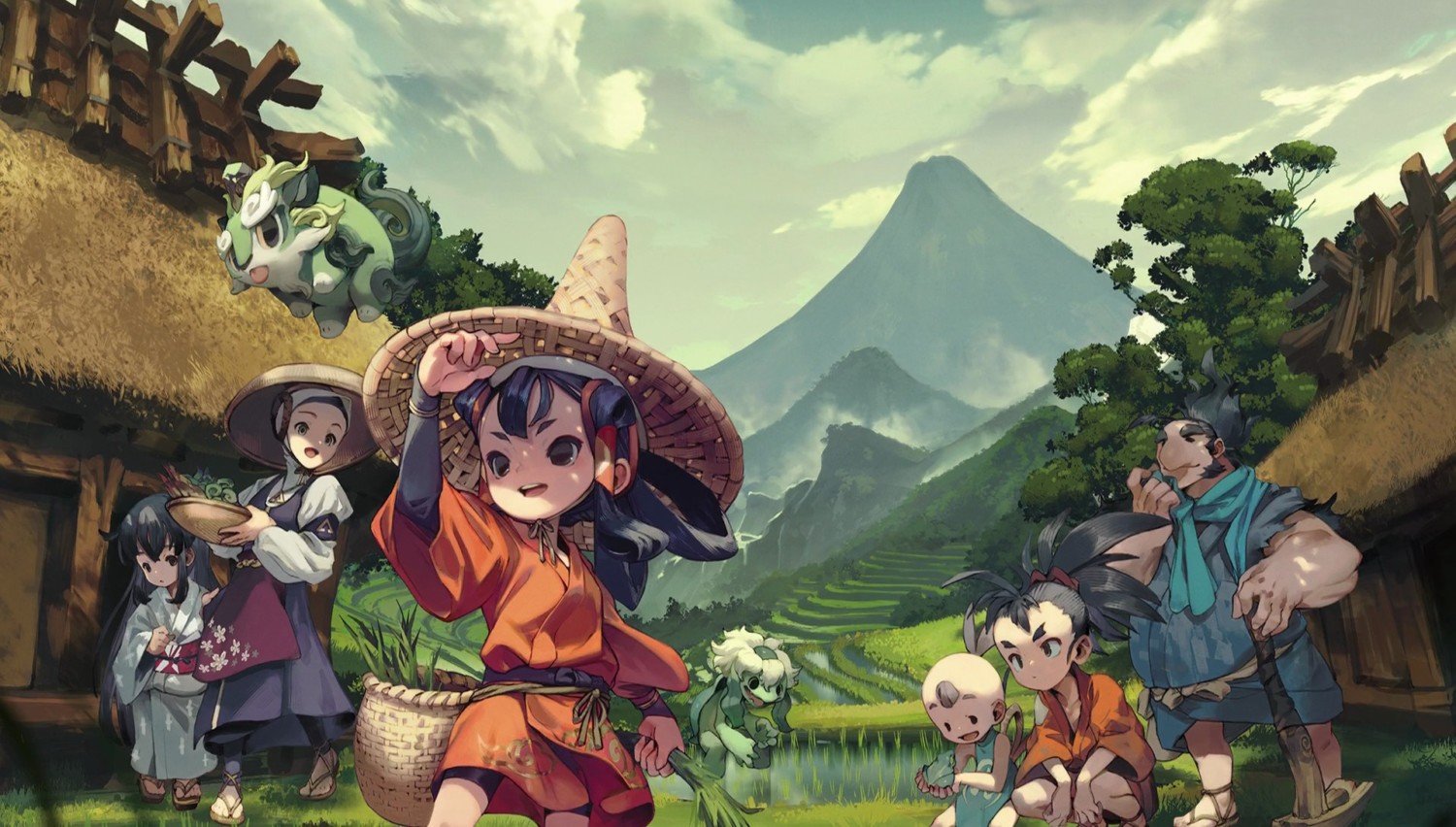
Though technically in the same genre as games like Harvest Moon and Rune Factory, Sakuna: Of Rice and Ruin differ in several key areas. For one, half the game is exploring 2D platforming levels and fighting monsters for materials, ingredients, and story progression, so beware that this is an inescapable part of the game.
But as far as the farming side goes, Sakuna: Of Rice and Ruin only focuses on rice farming -- it does not include growing any other crops. However, it is a very detailed simulation of rice farming that gets more detailed as it goes. It's not as simple as just planting seeds and pushing a button to water them, as you'll see in a moment.
Finally, while most farming sims focus on large communities and allow you to build relationships with many people, Sakuna focuses on a very small group of people: Sakuna, Tauemon, Myrthe, Kinta, Yui, and Kaimaru. You won't be able to romance anyone or build a community in the way you can in Harvest Moon games, but will rather tell a small story about a found family bonding with one another and working together.
How does the rice-growing work in Sakuna: Of Rice and Ruin?
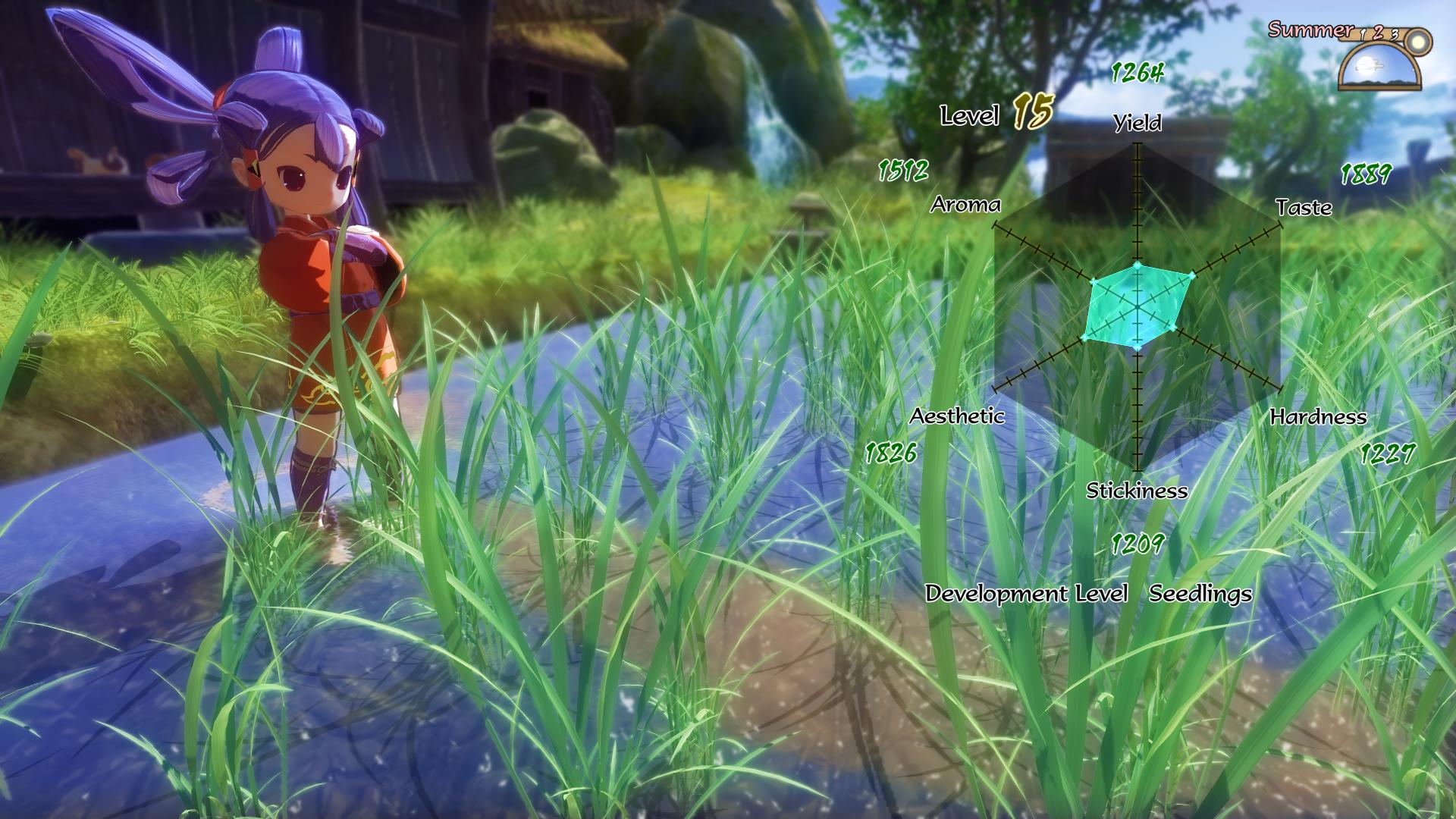
Rice growing is a complex process with several detailed factors involved that you'll be taught gradually over the course of the game. For those just starting, my best recommendation is just to follow directions and use guesswork. The game expects you not to know what to do and accommodates that, so there's no shame for a few weak crops early on.
iMore offers spot-on advice and guidance from our team of experts, with decades of Apple device experience to lean on. Learn more with iMore!
That said, here are the basics: you'll start with seedlings, which you'll plant in the field. There's an ideal spacing you want to aim for, and you'll gain an ability that will let you understand that spacing likely around your second year of farming. But essentially: it's closer together than you think, but not right on top of one another.
Once the seeds are planted, you want to make sure there's water. Use the gates on either side of the field to control the water level. Again, there are a lot of details on temperature and water height that can impact rice, but a good rule of thumb for beginners is to keep the water ankle deep (yes, just use the visual of Sakuna's ankles) in the spring and a little bit lower in the summer (but don't let them dry out!). Pull weeds whenever you see them, and if you run across a "!" around the farm, interact with it, as it's usually a frog, snail, or spider that you can release into your field to eat pests and help keep your rice healthy.
Once you get fertilizer unlocked, use it as often as possible. Depending on what ingredients you add, your rice will have different stat values when it harvests, so feel free to experiment. However, try to keep the toxicity down, and if you can, avoid hurting the rice's pesticide and weed protection stats too much by adding ingredients that lower them.
You'll use your sickle to cut the rice at harvest time and then hang it out to dry. Keep a close eye on it during the drying process and bring it in as soon as Sakuna says it's dry enough. If it's not dry by winter (which can happen if you get a surprise autumn rain), you will just have to bring in wet rice or nothing at all.
You'll then need to thresh and hull the rice. These are slow processes early on but get much easier later when you get more skills and tools. Early on, it's good to hull rice fully to white rice so Sakuna can level up more quickly, but later in the game, you may want more brown rice to unlock more recipes and bonuses.
Finally, at the end of winter, you'll need to till the field. Till the entire field. This gets easier later with more skills, but you want to basically move back and forth across the field until the whole thing is done. Sakuna will say something about the tilling being perfect for signaling to you that you're done, and you'll get a skill usually around the second year or so that lets you press a button and see how much tilling there is left to do.
Once you gain access to the rice farming discussions with Tauemon, you can use these to learn more about the different effects your work can have on rice farming. Use these to improve your craft over time, and don't be afraid to experiment!
How does the combat work in Sakuna: Of Rice and Ruin?
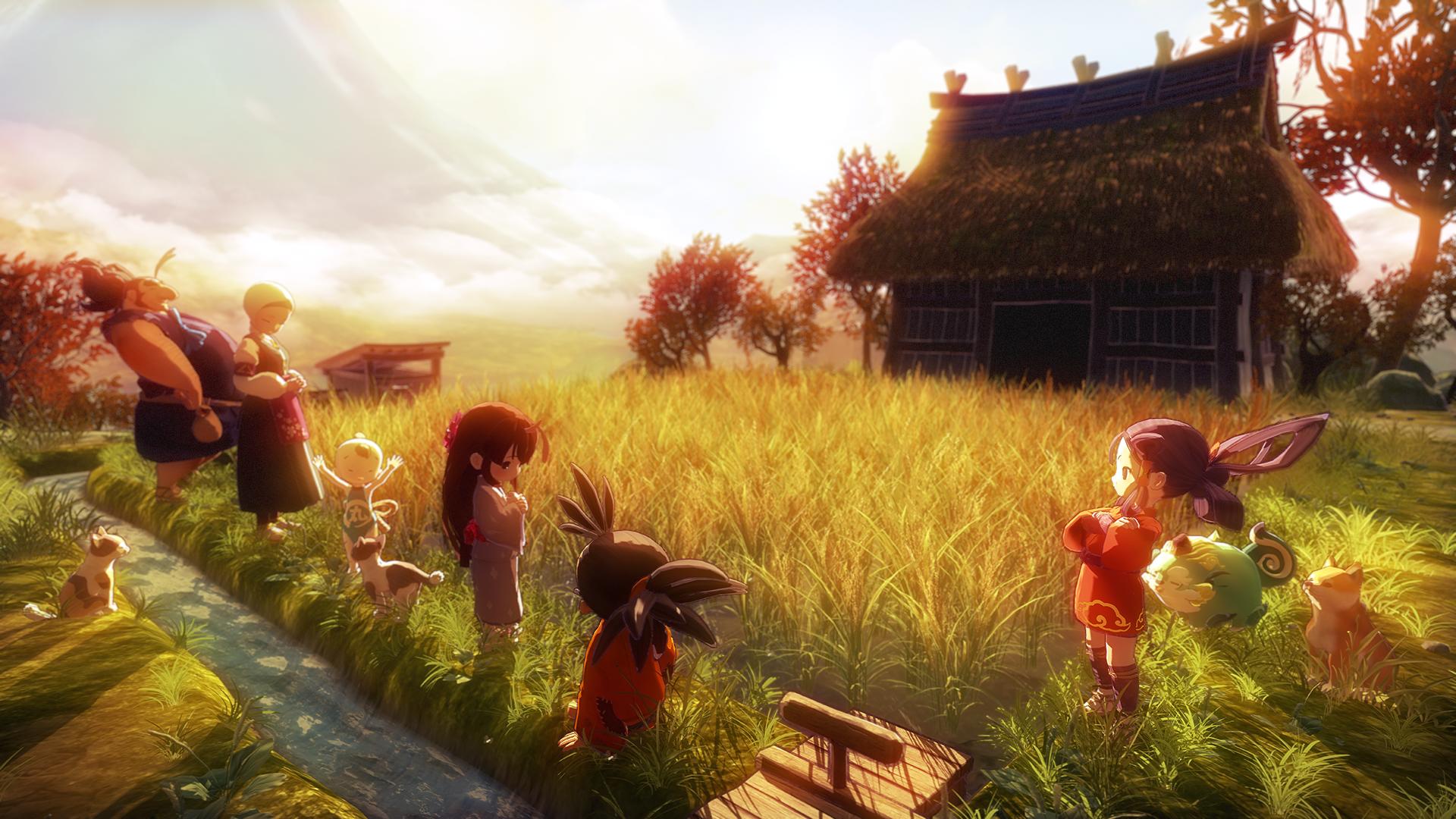
Sakuna has a light attack (X) and a heavy attack (Y). She can string these together in different mixes for combo attacks.
She also has a special attack (A) that can be used on its own or in tandem with a directional input (up, down, or while airborne) to specify certain abilities. You can set which skills are mapped to which input combinations in the menu, and there are a wide variety of skills you can unlock throughout the game.
In addition to this, Sakuna has a short jump and a grappling ability using her Divine Raiment. The Divine Raiment can be used to grapple onto most ledges and platforms, as well as enemies. Used on its own, Sakuna will simply swing toward the thing she has grappled and, if it's an enemy, she'll swing to the other side of them. However, like weapon skills, you can map certain abilities to directional input combos with the Raiment and use them to weaken enemies, drag them toward you, or other special attacks.
You'll use these abilities to down enemies, who will generally come at you in waves both on the ground and airborne. In most levels, there will be certain areas with multiple enemy waves where finishing off the last wave will cause all the Amber and items dropped by enemies to immediately come to Sakuna regardless of where they landed on the map, indicating that area is clear.
Finally, Sakuna's health can regenerate while in a level but not in combat, but only if she is currently still "full" from a meal, so make sure you eat often.
How do I improve my skills and equipment?
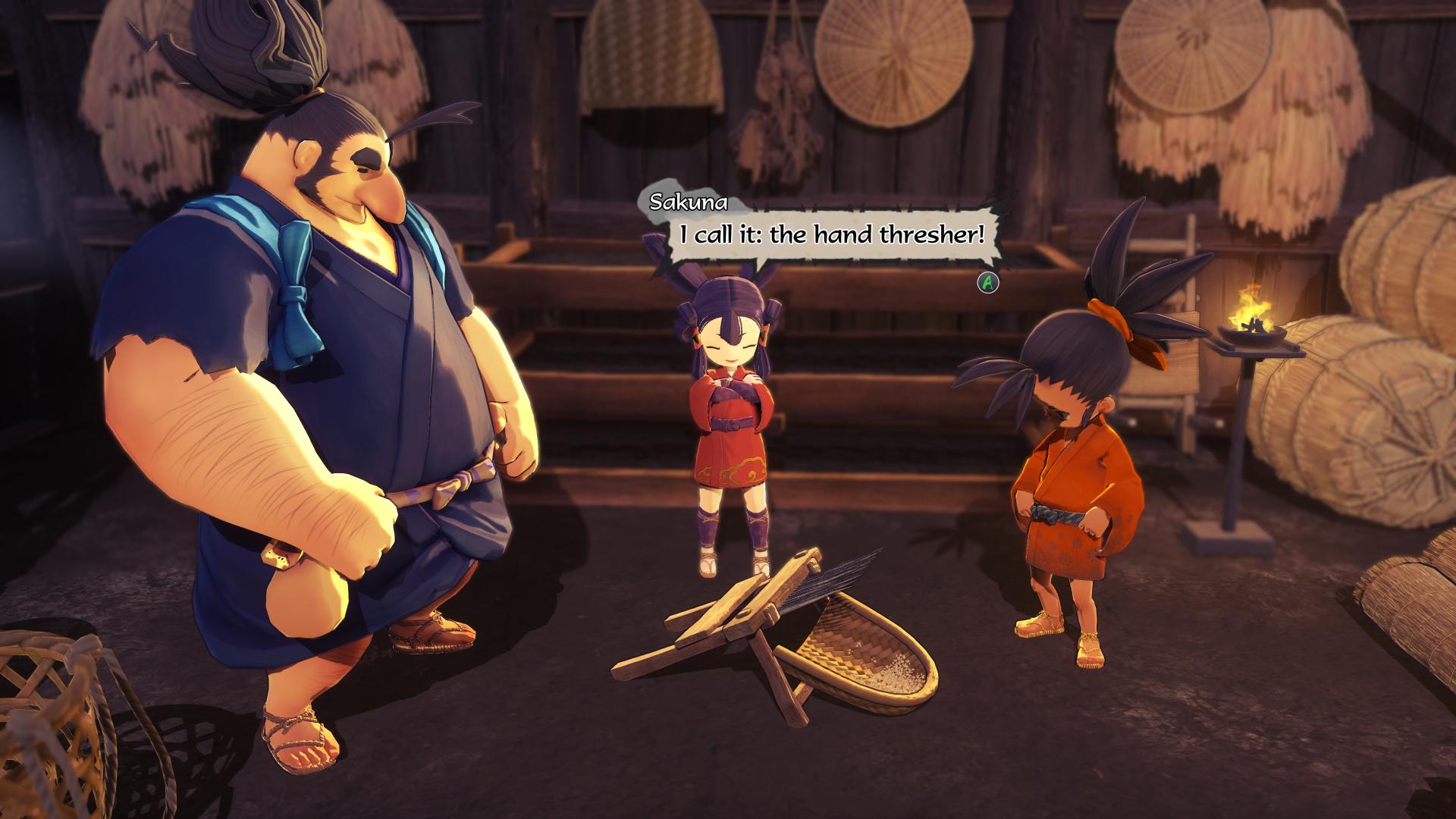
When you first start in Sakuna: Of Rice and Ruin, you won't have very many skills, the ones you have won't be very strong, and your equipment will be weak, too. But don't worry, you can improve that fast.
The skills you already possess will gradually get better every time you use them. You can check their progress on the Skills menu and see how many more times you need to use a skill (keep in mind it must hit an enemy to count) before it will level up. Leveling up skills causes them to do more damage, and at certain levels, they may also take on bonus effects.
To acquire new skills, you simply need to keep growing rice. Growing more rice will net you new skills, though you may have to experiment with different rice-growing techniques to get all the different skills available to you. Check your skills every time you harvest a crop to see if any new skills have appeared.
As for equipment, you'll need Kinta and Yui to help. Both characters have early quests that unlock their respective work stations: Kinta's forge and Yui's loom. Once those are unlocked, you can visit them during the day to see what new equipment they can make you and the materials you need to bring them to make it happen. More equipment will unlock as the game progresses, so if either character has run out of things to make, don't fret. Just come back once you've progressed the story a bit further.
Finally, your equipment can be improved by unlocking special abilities on each piece of armor or weapon. You can check the equipment in the menu to see what the requirements are for unlocking each ability. Keep in mind that for some of the abilities to unlock, you'll need to actually have the item equipped for it to count (for instance, if a hat wants you to acquire 5 Black Deer Leather, you'll need to do that while wearing the hat), though this is not true for all.
How do I cook better food?

When you first start out, Myrthe won't be able to make much with the ingredients you give her. Most nights, you'll be feasting on acorn broth and dried rabbit. However, be patient. As time goes on, you'll find more ways to access interesting ingredients and expand Myrthe's repertoire of dishes.
First, there are Processing ingredients. This option unlocks very early on with Myrthe once you complete her first set of quests. You'll be able to process ingredients to make them last longer, such as turning fresh meat into dried meat or items like wheat or rice into vinegar. This doesn't just improve the food items' longevity but also opens the door to new foods and recipes with better buffs.
Next, you'll unlock the ability to send your friends out to gather ingredients for you. Some ingredients can only be obtained this way, so it's worth checking areas to see what's come available to you each time. All characters have the ability to bring back food items, though Myrthe does so the most often since she's more cooking focused, so send her if you're after food items.
Finally, about midway through the game, you'll unlock the ability to trade with the Capital. Doing this gives you easy access to items like sugar, oil, salt, and new ingredients like cucumbers. This is a great way to expand the things you can make easily, alongside your recipe book's natural expansion as you explore and get access to more ingredients.
One other note: early in the game, the Main Dishes section of the menu will be empty most of the time. That's because it's specifically for rice dishes, which you won't have access to until your first harvest, and then you won't have much until you expand your fields. Be patient -- soon, you'll have more rice than you can handle.
How do I unlock more levels?
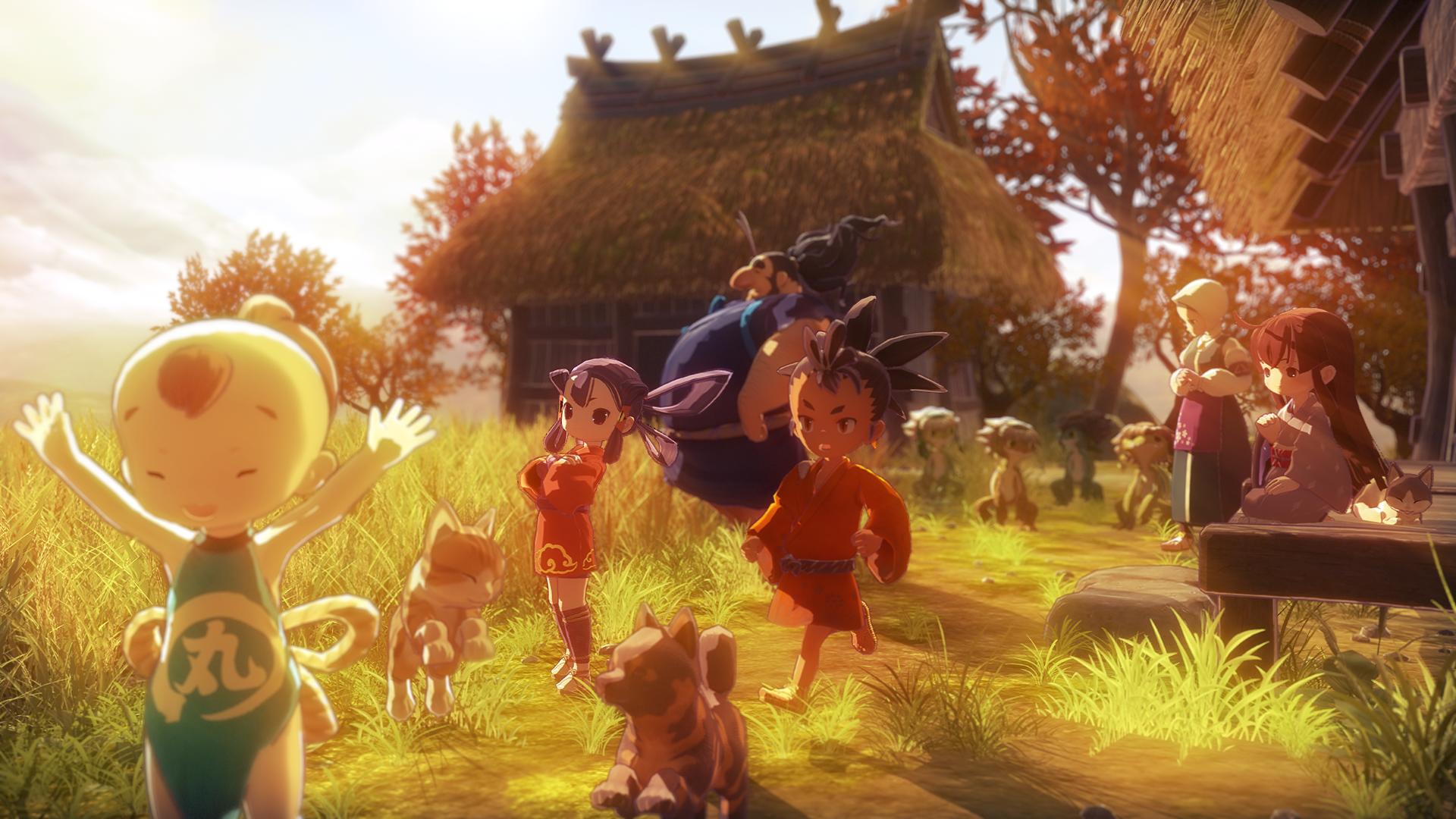
Exploration is tied to two things: your Exploration Level and certain bosses. Essentially, certain bosses and story events will gatekeep new "areas" of the map from being revealed -- you can't access the fortress until you beat the boss of the volcano, for instance.
But mainly, you'll want to be raising your Exploration Level to unlock new areas. You do this by completing the quest objectives in the levels you already have access to -- things like reaching the end of a level, defeating a certain amount of enemies, or collecting a certain item. You can see these objectives when you're about to select the level and also from your Quest menu when you're in the level. Completing each objective earns you one Exploration Level, and new levels will be unlocked at certain Exploration Level thresholds.
If you're stuck and can't progress, it's probably for one of two reasons: the first is that there's a story event you need to complete first (check your Quest log!) or a boss you have to beat (check the hardest level in your current area), or your Exploration Level needs to be raised.
Help! I can't beat a certain boss!
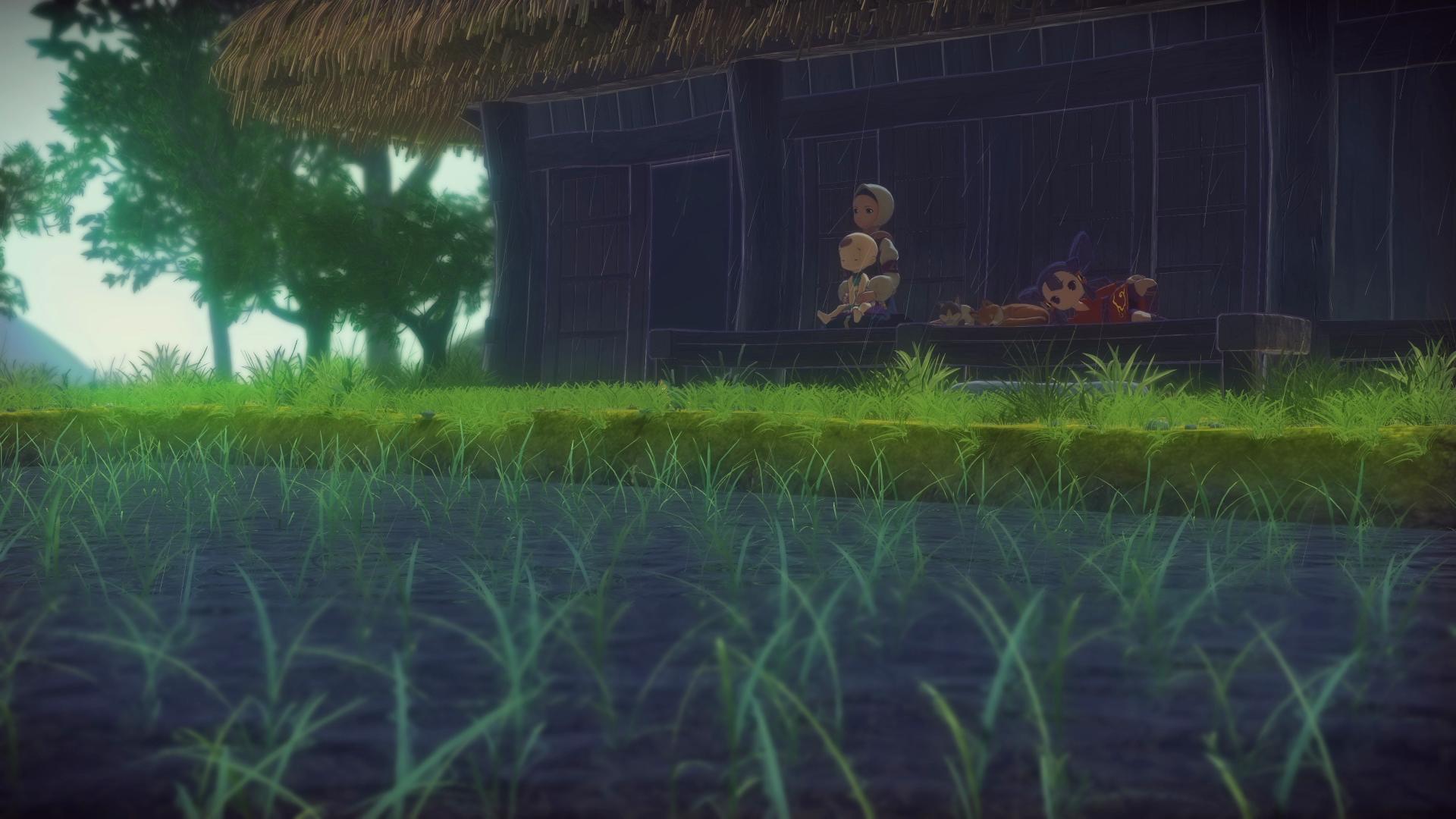
If you're stuck on a certain boss, don't worry too much. It may be that you've simply explored a bit farther than the game expected you to for where you're at with your rice farm. Many bosses will absolutely clobber you the first time you encounter them, but some patience will see them fall easily before you.
When you find yourself stuck, there are a few things you can do. Check in with Kinta and Yui to see if there are any new weapons or armor pieces you can craft that might make a difference. But more importantly, you can also just wait until your next harvest in the Autumn/Winter. Every time you harvest rice, you effectively "level up" and Sakuna gets much stronger. Many bosses will be far too challenging initially but will topple as soon as you bring in your next harvest and give them another go.
Still have questions?
Stuck on rice growing and need help? Let us know in the comments below! If Sakuna isn't for you, but you still love farming sims, there are other similar titles coming soon. Or if you're just looking for something family-friendly, check our list of the best family games for Nintendo Switch.

Grow your rice farm and conquer the Isle of Demons!
Sakuna: Of Rice and Ruin puts the player in the divine shoes of the goddess Sakuna as she masters the art of rice cultivation all while fighting off an army of demons, all to end her exile. Along the way, she takes care of a small family and learns that working together with others may not be such a bad idea after all.

